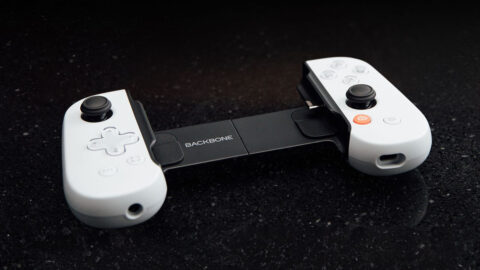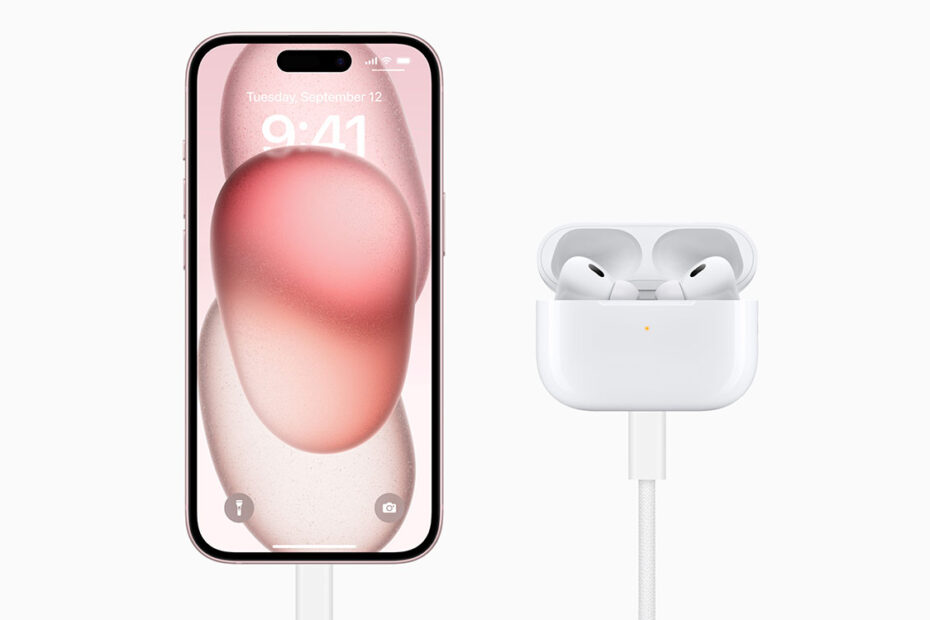The pros and cons of Apple’s second iPhone connector transition
During Apple’s recent event, senior Apple figures outlined changes – big and small – in the company’s new iPhones. The most controversial: the switch from Lightning to USB-C.
Lightning arrived in 2012, replacing the original, unwieldy 30-pin connector. At the time, Lightning was revolutionary: simple; robust; reversible. A decade later, Apple is ditching its first-party connector for an alternative. Why?
The company argues USB-C has “become a universally accepted standard” and adds you’ll be able to use the same cable to charge your Mac, iPad and iPhone. Which sounds good. So why are many people angry about the change?
What’s the catch?
The main concern is it breaks compatibility with existing wired accessories. Lightning headphones and cables won’t work as-is with an iPhone 15 – don’t shove a Lightning cable into one unless you want a damaged phone. There is a dongle, but it’s cheaper to buy new headphones/cables. And for integrated accessories – speaker stands; Lightning game controllers – the only option is to replace them, which is an added expense no-one needs.
There are other catches. Lightning is Lightning – there’s one flavor. USB-C is a more complex spec. Not all ports and cables are created equal. You see this even in iPhone 15 data transfer speeds: the standard iPhone 15 is limited to USB 2 (equivalent to Lightning), but the iPhone 15 Pros supports much faster USB 3 speeds. However, every iPhone gets a USB 2 cable in the box. If Pro users want that faster speed, they’ll need a separate, more expensive cable. And USB-C cables basically all look the same; telling them apart can be tricky. Helpful.
The good bits
There are, however, counterpoints and benefits to be mindful of during this transition. First, if you own reasonably modern gadgets, chances are you already have some USB-C cables anyway. And this USB-C switch in the long term will simplify things, making accessories compatible with every type of phone – handy in households that have a mix of iPhone and Android. (By way of example, Backbone already announced the USB-C version of its game controller has been updated with iPhone 15 support.)

The USB-C Backbone One now supports iPhone 15.
Additionally, legislators worldwide are clamping down on proprietary and locked systems. The EU has mandated devices sold within its territory must have a common charger – USB-C – by the end of 2024. Other territories are considering similar rules. Apple making the change now means it won’t later end up in legal battles that benefit no-one.
Finally – and most importantly – USB-C is about the future. Back in 2012, Lightning was itself that future. Today, it’s a dead end. USB-C, by contrast, is an evolving standard. It can sometimes be frustrating – as per the aforementioned spec complexity. But it means you’ll in future have devices that can in theory use existing accessories and do more with the connector. Furthermore, higher-end capabilities will trickle down – the vanilla iPhone won’t be stuck with USB 2 speeds forever. Eventually, it will get USB 3 – by which point the Pro will likely have even faster wired data transfer and charging speeds.
Unless Apple ditches a wired port entirely – but that’s a whole other can of worms.

